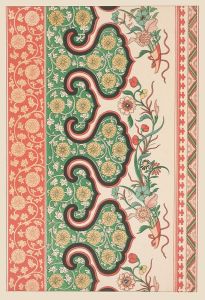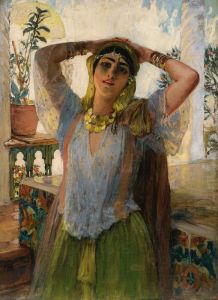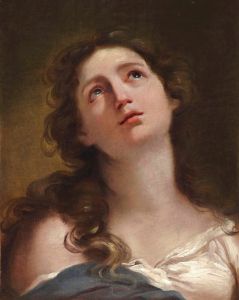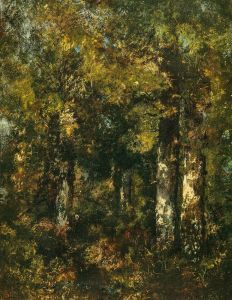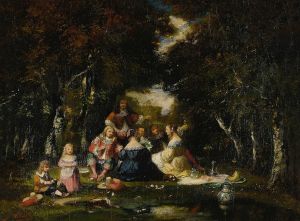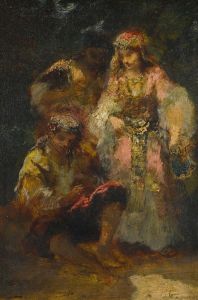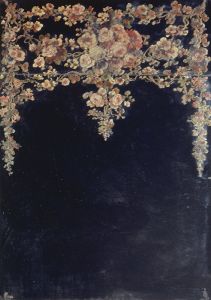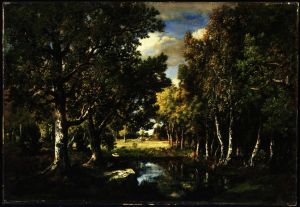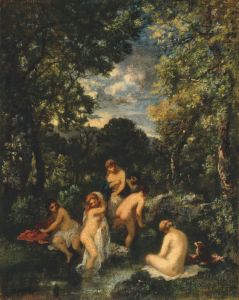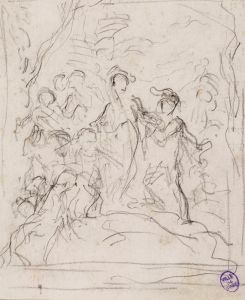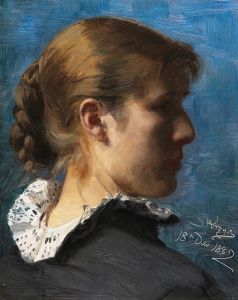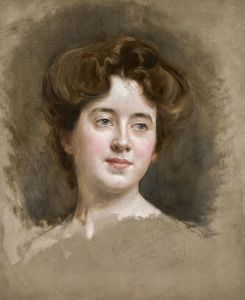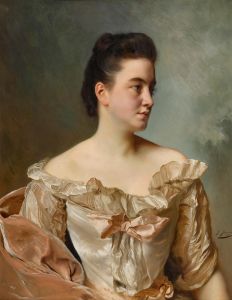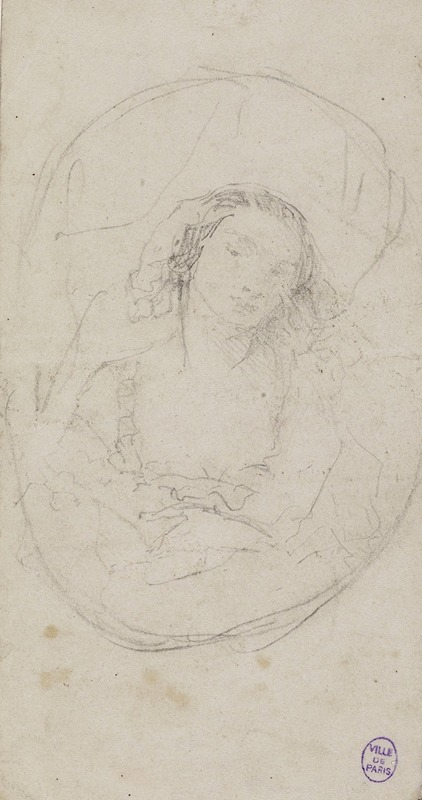
Jeune femme dite ‘dans un ovale’
A hand-painted replica of Narcisse-Virgile Diaz de La Peña’s masterpiece Jeune femme dite ‘dans un ovale’, meticulously crafted by professional artists to capture the true essence of the original. Each piece is created with museum-quality canvas and rare mineral pigments, carefully painted by experienced artists with delicate brushstrokes and rich, layered colors to perfectly recreate the texture of the original artwork. Unlike machine-printed reproductions, this hand-painted version brings the painting to life, infused with the artist’s emotions and skill in every stroke. Whether for personal collection or home decoration, it instantly elevates the artistic atmosphere of any space.
Narcisse-Virgile Diaz de la Peña (1807–1876) was a French painter associated with the Barbizon School, a group of artists known for their focus on naturalistic landscapes and scenes of rural life. While Diaz de la Peña is primarily celebrated for his richly colored landscapes and forest scenes, he also produced a number of figure paintings, including portraits and genre scenes.
One such work attributed to Diaz de la Peña is Jeune femme dite ‘dans un ovale’ (translated as Young Woman Said to Be ‘in an Oval’). This painting depicts a young woman framed within an oval composition, a stylistic choice that was popular in portraiture during the 19th century. The subject is portrayed with delicate features and a serene expression, showcasing Diaz de la Peña’s skill in rendering human figures with sensitivity and attention to detail. The use of soft, warm tones and subtle contrasts in the painting reflects the artist’s Romantic sensibilities, which often emphasized beauty and emotion.
The exact date of the painting’s creation is not documented, but it is consistent with Diaz de la Peña’s broader body of work, which often included intimate and idealized depictions of women. The oval format, frequently used in portraiture, lends the piece a sense of intimacy and focus, drawing the viewer’s attention to the subject’s face and expression. The painting’s composition and execution demonstrate Diaz de la Peña’s ability to blend elements of Romanticism with the emerging naturalistic tendencies of the Barbizon School.
As with many works by Diaz de la Peña, Jeune femme dite ‘dans un ovale’ reflects the artist’s interest in capturing both the physical and emotional qualities of his subjects. However, detailed information about the painting’s provenance, exhibition history, or the identity of the sitter is not readily available. It is also unclear whether the painting was created as a commissioned portrait or as a study of an idealized figure.
Today, Diaz de la Peña’s works are held in numerous public and private collections, and he is remembered as a significant figure in 19th-century French art. While his landscapes remain his most celebrated contributions, paintings like Jeune femme dite ‘dans un ovale’ highlight his versatility and talent in other genres.





